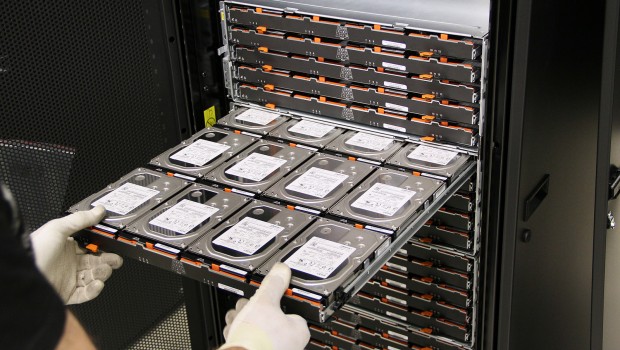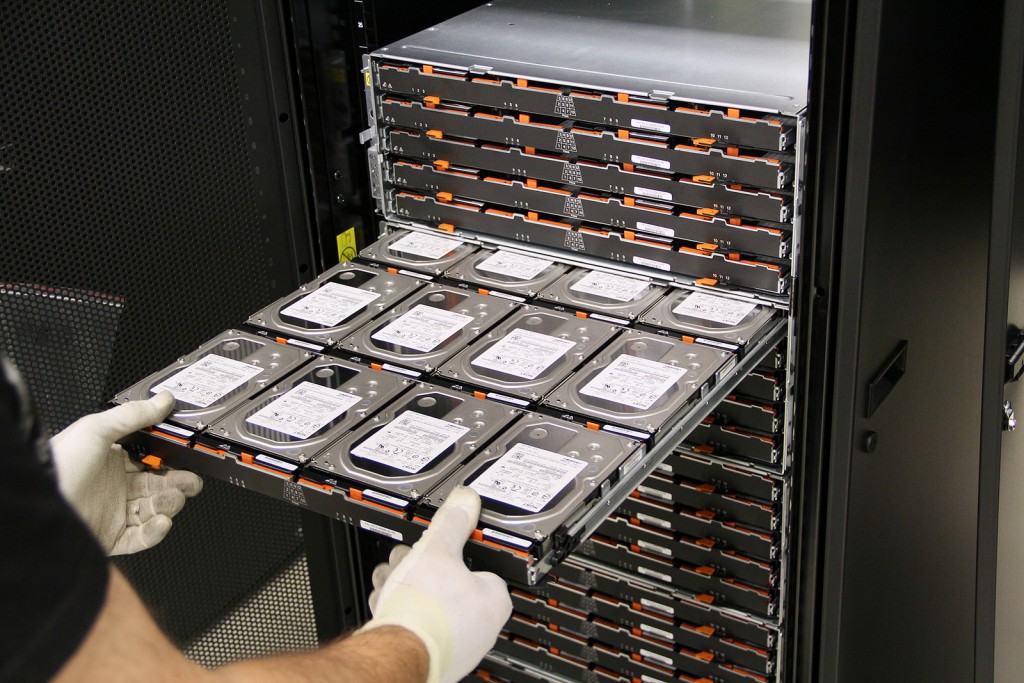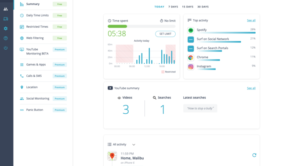Virtual Data Rooms to the Aid of Mergers & Acquisitions
In today’s corporate environment, three crucial trends are emerging. Firstly, technological advancements have impacted how organisations are doing business, from allowing workers to work on-the-move to the rising growth of online business activities. Secondly, even though mergers and acquisitions (M&A) have been around for a number of decades, in recent years, there has been a spurt in M&A deals, with international M&A transaction capacities growing on an average by 35% each year. Corporate executives use M&A as significant tools in accomplishing their short-term and long-term strategy goals. Thirdly, with the rising drift towards globalisation, international M&A businesses have also progressed rapidly which now accounts for over 25% of all M&A deals.
Today, M&A transactions are employing technology to enhance the effectivity and productivity rate of business deals. A technology based due diligence tool that is facilitating the access and use of data security in M&A transactions has been the rising acceptance of the virtual data room.
Source: https://www.flickr.com/photos/97810305@N08/
For any M&A transaction, the aim of due diligence is to aid a buyer in ascertaining whether a business needs to be merged or acquired, if so, for what amount and to provide the buyer the ability to determine possible hazards, advantages and general strategic fit of the business. To assist the buyer in answering these queries, data related to the target business is made accessible in data rooms in the course of the due diligence juncture of a transaction. Hence, the data room is an inherent component of the due diligence procedure.
The success of M&A transactions chiefly depend on the due diligence carried out and involved in the deal during the process. Other important factors that contribute to the productivity of a transaction cannot be standardised consistently or enhanced with the help of technology or other methodologies. After having realised the significance of due diligence in recognising higher values in any transactions, corporate executives involved in M&A deals began to develop alterations to data repositories that could offer benefits to today’s technological progresses. These alterations, slowly progressed over time, have eventually resulted in the institution of what is known as the virtual data room.
A virtual data room can digitise and protect all forms of documents and folders that are made available in the physical form. In a virtual data room, documents and text files are presented in a more efficient manner and efficaciously in a digital format, as compared to print documents and folders in a physical data room. The chief difference between a physical data room and virtual data room is in the sphere of accessibility. Accessibility to a physical data room is generally sequential, whereas a virtual data room is made accessible exclusively through parallel processes. A physical data room can only provide access to one purchaser team at a time, to obtain the data available in the room–unless a number of physical data rooms have been set up with additional expenses and efforts– while on the other hand a number of buyer teams can avail of the same information at the same time, from various locations with the help of a virtual data room.
Benefits of virtual data rooms
The chief benefits of virtual data rooms to a prospective purchaser include savings in expenditure, infrastructure and time, in addition to process-transparency, ease of use, and the ability to ascertain uniformity and impartiality among all possible buyers. As mentioned earlier, the most vital and measurable benefit of a virtual data room is that of economical savings. In order to perform due diligence in a physical data room, the data room must be in the same location as that of the buyer. Unless the buyer is in the same vicinity as the seller’s data room, the expenses experienced in the form of travel and boarding, along with the inestimable costs linked to being out of the office for a definite period of time, can notch up to quite an amount. Additional expenses are also incurred when international transactions with buyers needing to travel cross border to physical data rooms at the location of the target business.
With a virtual data room, travel and boarding expenses connected to the data room procedures are greatly decreased and may only be incurred, when there is a need to attend a management presentation or other significant face-to-face interactions. Virtual data rooms take advantage of the strengths of the online system to remove the space between parties. Also, with accessibility to virtual data rooms and the ubiquitous virtual search facilities provided by the technology, critical reductions are brought about, in the time consumed looking for specific documents, phrases, words, topics and other content throughout the data room. Time spent in a virtual data room is far more efficient than working in a physical data room while additional tasks can also be done at the same time including analysis of data, work valuation, depending on the information sourced from the virtual data room.
Additionally, there are significant and numerous benefits related to the rise in transparency from the technology and approach employed in a virtual data room. The audit trail feature employed by the sender and the digital approach provided to the buyer, results in virtual data room transparency that benefits both parties. All actions performed by both parties are recorded electronically and automatically, unlike the physical labour that needs to be performed in a physical data room. In addition, activities can be trailed, affirmed, demonstrated and cited at all times, thus ascertaining the transparency of the entire procedure. Enhanced transparency translates into better communication between both parties involved in the M&A process, as all communication is considered official, when saved and transmitted through the virtual data room.
A virtual data room displays practical and tangible benefits over a physical data room for a number of specialized forms of transactions: more prominent deals, tender-type procedures comprising a greater number of prospective purchasers, global and international deals, and transactions in which a fixed period of time takes place for due diligence. These kinds of transactions are better enhanced with the use of virtual data rooms, since the fundamental benefits of a virtual data room over a physical repository include:
its competence of permitting coextensive admission to the data room by several buyers that also removes the expenses linked to assembling and establishing numerous data rooms
the reduction in travel-associated costs by extending sustained and universal admission to buyers no matter their location
As technological progresses persist in contributing to our professional and personal output and alter the manner in which workers operate, and with an ever-growing number of international deals being done with the help of virtual data repositories, virtual data rooms are most likely to be employed as the leading technological tool for all M&A transactions.
















